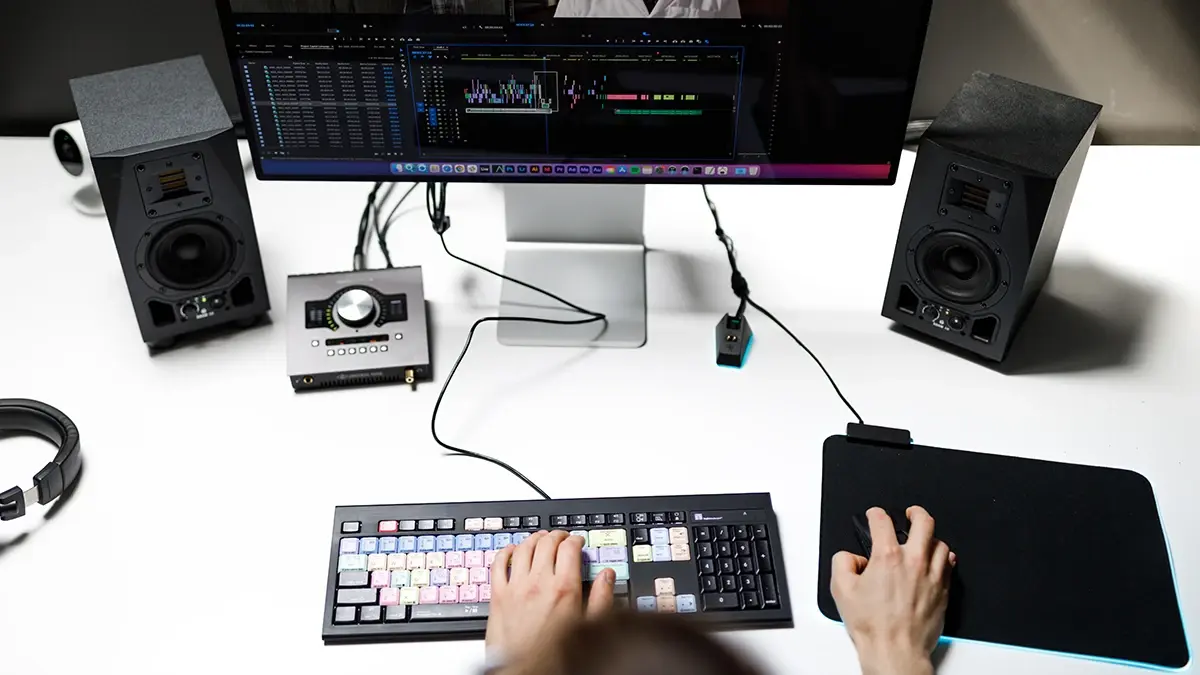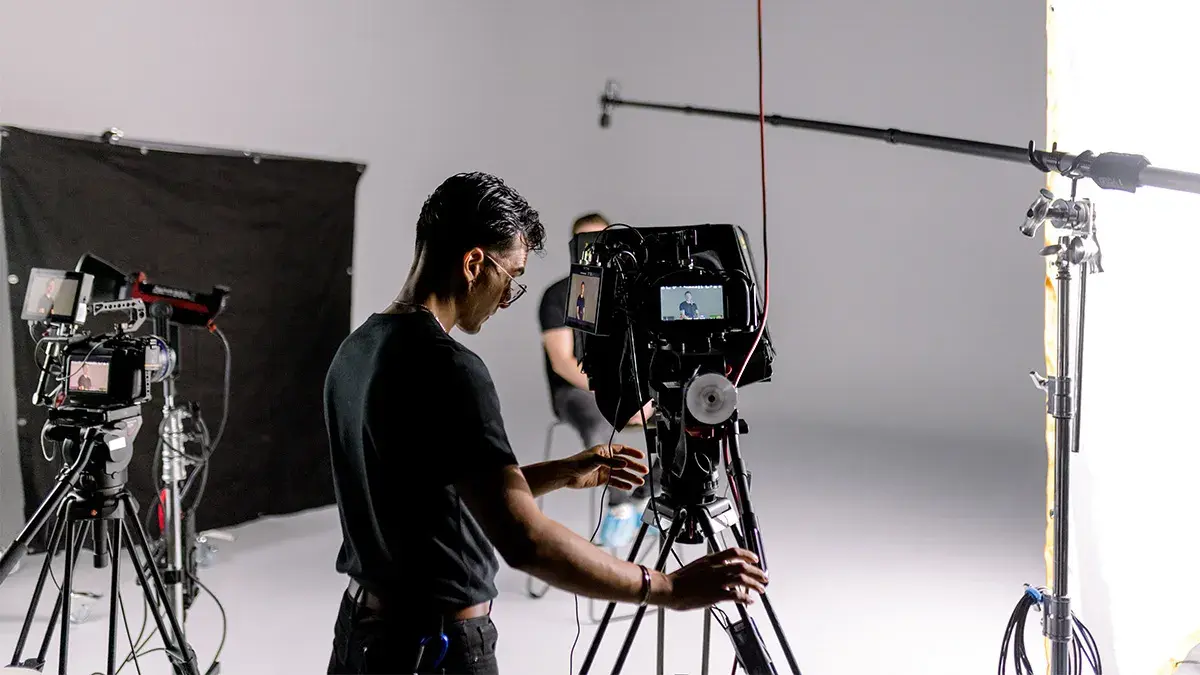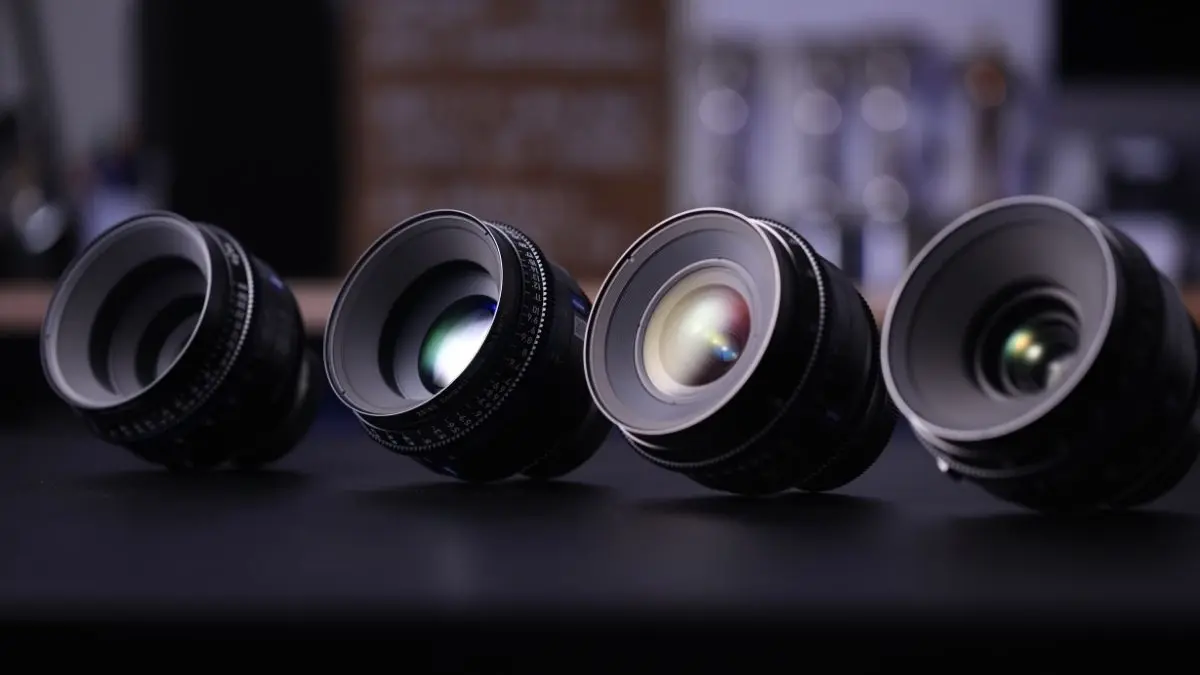Don’t Miss the Top 10 Video Marketing Tips for Success
The Benefits of Creative Video Production Video marketing is one of the most powerful types of marketing available to businesses of all sizes....
▶ Video Strategy & Discovery
A video marketing strategy will keep your production cohesive and on schedule.
▶ Creative Treatments, Scripts & Storyboards
Bring your vision to life with professional scriptwriting and storyboarding services.
▶ Production Preparation
Prepare for your corporate video with professional video production services.
▶ Full Service Filming Days
Discover how Charter & Co can help you bring your vision to life through expert on-set filming services.
▶ Video Editing, Color Grading & Sound Design
Elevate your video marketing with Charter & Co’s expert video editing and post-production services.
▶ Motion Graphics
Captivate audiences with videos, ads, and social media that include high-quality animations.
▶ Licensed Music & Voiceovers
Elevate your videos with high-quality music licensing and voiceover services.
▶ Distribution Strategy & Advertising Support
Get your content noticed with a comprehensive video distribution strategy.
▶ Everything Video Marketing
Video marketing resources: What it is, why it matters, and how to do it.
▶ Everything Video Production
Your ultimate guide to video production resources: Tips and tricks for creating masterful videos.
▶ Blog
Helpful Blog resources for all of your video production and marketing needs.
6 min read
Charter & Co December 31, 2025

Videos can supercharge brand visibility and engagement, but only if people can find them. Because search engines can’t “watch” a video, they rely on the context around your video (titles, descriptions, transcripts, markup, page signals) to understand and rank it. Use the playbook below to make your videos discoverable and clickable.
Search engine optimization (SEO) is about making your content easy for algorithms to understand and users to engage with. Higher visibility in search leads to better CTR and more conversions. Ranking is influenced by content quality, intent match, engagement signals, technical markup, and site authority, all of which you can improve for video.
Research by Backlinko found that:
Many factors can influence SEO ranking visibility, including the quality of your content, keywords, and engagement rates. Understanding these factors is important when optimizing video content for SEO, especially for small businesses.
One of the most important things when considering video content for SEO is how engaging your content is.
Engagement signals (e.g., dwell time, completion rate, bounce rate) are core to video SEO.
Engaging content increases dwell time, the amount of time a user spends on your page before returning to the search results. Dwell time is one of several factors that increase SEO.
Conversely, engaging content reduces bounce rate, another factor that SEO considers. Bounce rate is the number of users who return to the search results without clicking on additional pages on your site. A high bounce rate is bad for SEO and can lower your rankings.
In addition to engaging content overall, eye-catching titles, video descriptions, and tags can also help boost SEO.
Three different titles are important for SEO for video content:
Video descriptions tell people what your video is about and add relevant text that boosts SEO.
Your description should include:
Because the first part of your video description is often visible in search results, put the most important information and keywords there. For longer descriptions, use short paragraphs or bullets.
High-quality thumbnails also help increase engagement. Thumbnails are the images users click to watch a video; the more visually interesting they are, the more likely you are to get clicks.
Thumbnail checklist:
There are two types of metadata:
Tags are keywords that help users find your content. Most algorithms prioritize the first few tags—especially the first. Lead with your most important terms.
name, description, thumbnailUrl, uploadDate, duration, and contentUrl/embedUrl (use contentUrl when the file is hosted; embedUrl for players like YouTube/Vimeo).To choose effective keywords for your metadata, start with a short list of broad topics relevant to your content and aligned with your customers’ interests. For example, a food website may include keywords like “recipe ideas,” “meal planning,” and “healthy eating.”
Keyword tools can help analyze term strength: search volume, competition, and related keywords.
Beyond engagement, video quality matters. High-quality videos keep viewers watching and build trust.
On-site videos should have:
Videos aren’t accessible for everyone. Providing transcripts or closed captions allows more users to engage and also boosts video SEO.
A video transcript is a written account of the spoken content in your video. Adding transcripts is a great way to boost SEO because it allows algorithms to read what your video is saying, improving searchability and revealing keywords.
Closed captions sync the transcript to the video timeline, improving UX. They also provide text files that search engines can read, boosting SEO similarly to transcripts.
Crafting high-quality content, doing keyword research, and optimizing metadata go a long way toward boosting video visibility and engagement. Still, competition is intense—promotion helps.
Use social media organically via your brand’s accounts, and consider targeted ads to expand reach.
Embedding your video in relevant articles or landing pages can also drive engagement—especially when paired with helpful surrounding content.
Once your video is published, track performance and iterate.
Platform analytics and SEO tools can show views, clicks, rankings, and conversions. Use them to inform content decisions.
Break down metrics to spot issues and wins. Lots of views but few clicks? Improve the CTA. No views? Revisit metadata and distribution.
Use insights to refine titles, thumbnails, metadata, and content structure, repurpose content for maximum reach, and produce follow-ups that climb the rankings.
When you combine engaging creative with airtight metadata, strong on-page signals, and consistent promotion, your videos earn clicks—and keep them. Charter & Co can handle strategy, production, and distribution so your content ranks and drives real outcomes.
Contact us today to build your video SEO engine.
Video SEO helps your content show up in search results, especially on Google and YouTube. Proper optimization increases your video’s visibility, click-through rate, and engagement, leading to more views and conversions.
Add keywords to your video title, description, tags, and transcript. Use a primary keyword naturally in the first 150 characters of your description and include it in the filename before uploading the video.
Yes. Transcripts make your video content readable by search engines, improving indexability and keyword coverage. They also boost accessibility and help you rank for long-tail queries.
Both have benefits. YouTube boosts discoverability through its massive user base and recommendation engine. Hosting on your website with proper schema markup can improve on-site engagement and SEO if paired with supporting copy and internal links.
Video schema (structured data using VideoObject) helps Google understand key details about your video—like its title, description, thumbnail, upload date, and duration. It increases the chance of your video appearing with a rich result in search.
Hook viewers in the first 5 seconds, deliver clear value fast, maintain high production quality, use custom thumbnails, and always include a strong CTA. Shorter, punchier videos typically hold attention better.
Yes. Closed captions provide additional text for search engines to crawl and improve user experience—especially for those watching with the sound off or who are hard of hearing.
Use YouTube Analytics, Google Search Console, Google Analytics, and third-party SEO tools like Ahrefs or Semrush to track rankings, CTR, engagement, and conversions.

The Benefits of Creative Video Production Video marketing is one of the most powerful types of marketing available to businesses of all sizes....

YouTube Search engine optimization (SEO) is essential to your video marketing success. Relevant keywords and other SEO tools can boost your...

Of the many different ways that a company can market its brand, product, or service, video marketing is by far one of the most effective. More...